7 Golf Terms That Are No Longer Used
Here we look at 7 golf terms that are no longer or seldom used, words or phrases that have gone out of fashion or are no longer relevant.
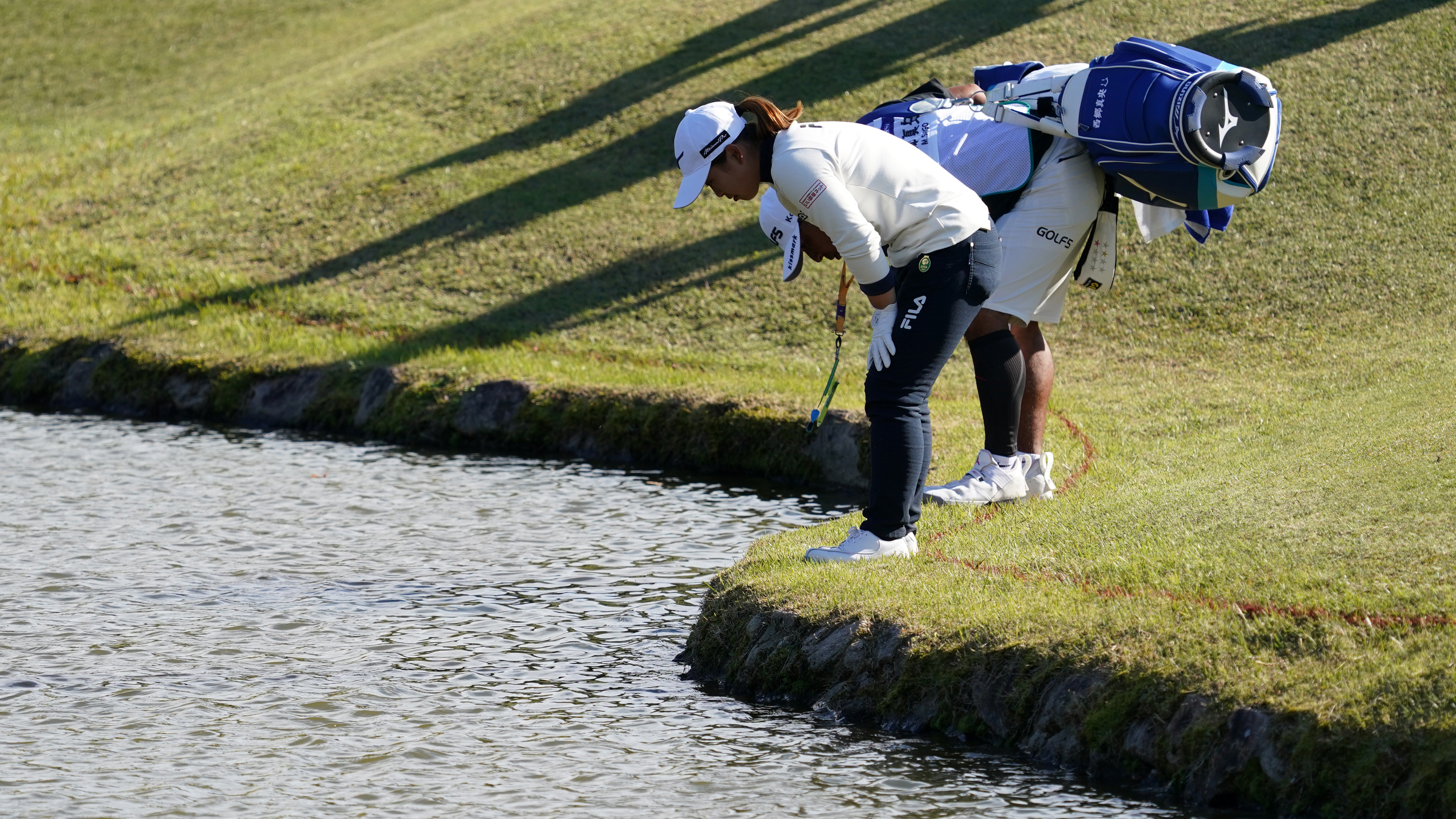

Golf has a long and rich history and the abundance of words and phrases relating to the game is sufficient to have filled a number of books. Terms for equipment, shots, playing surfaces and various situations one might find oneself facing or suffering have emerged and stuck over the years.
But some turns of phrase or terms go out of fashion, perhaps even out of use thanks to changes in technology, or The Rules of Golf. Here below are 7 golf terms that are no longer used… At least seldom used or used in changed circumstances.
SSS and CSS
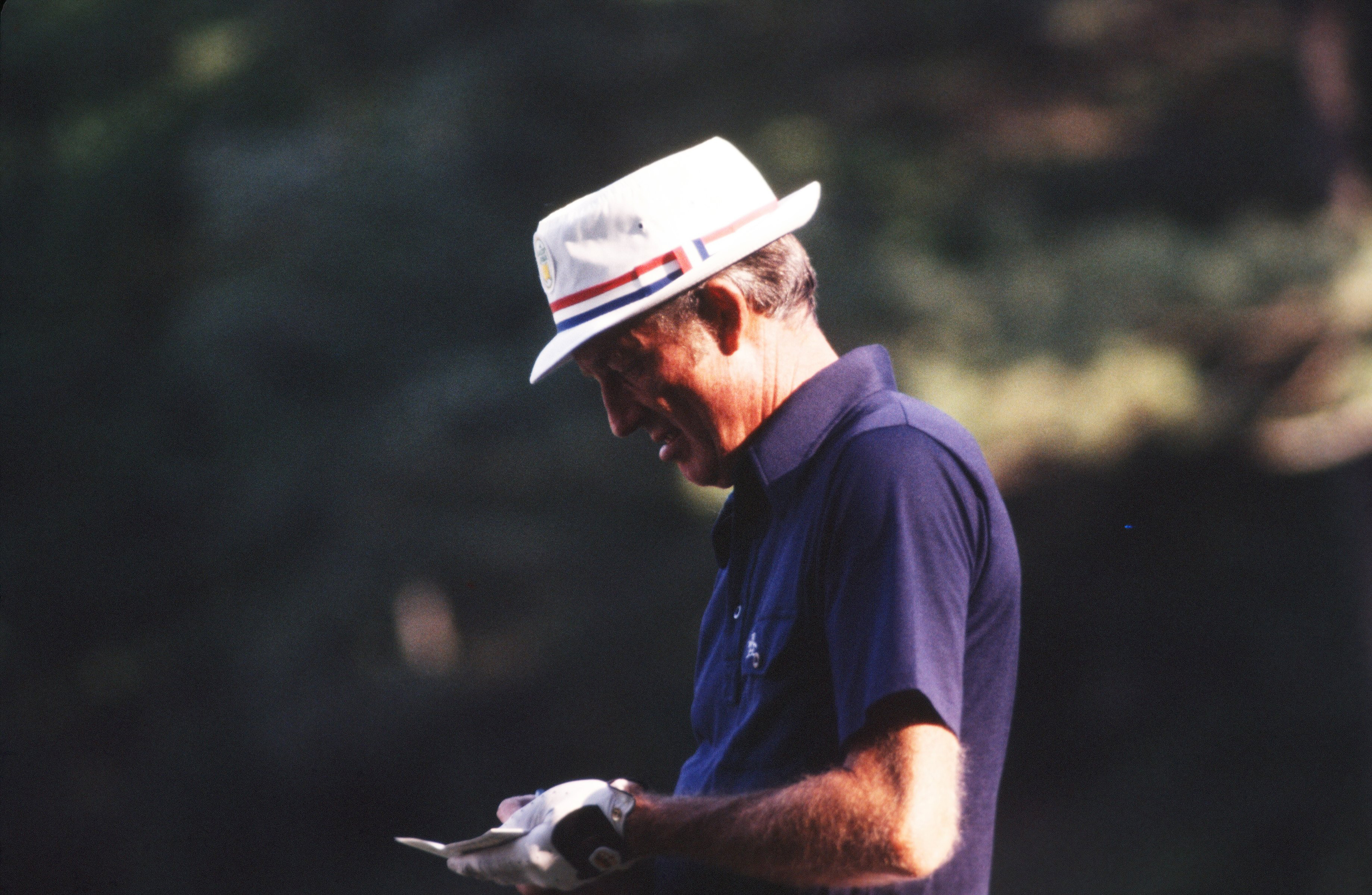
Standard Scratch Score (SSS) and Competition Standard Scratch (CSS) were relevant to the old handicap system in the UK and Ireland. Each course had a Standard Scratch Score for each set of tees, much like the Course Rating under the World Handicap System (WHS) – The Competition Standard Scratch was calculated using SSS as a baseline. The performance of the field on a given day would dictate whether the CSS came down one shot from SSS or went up by a maximum of three shots above SSS before a round would have become “reduction only” – Your handicap could not go up as playing conditions were too extreme. This system has been replaced under WHS by Playing Conditions Calculation.
Another term from the old Handicap system that you won't hear used anymore is Buffer Zone. That was an allowance of one or more strokes above the CSS for the day. If your nett score fell within the "buffer zone," you would not go up 0.1 for the round. The buffer zone was one shot for players in Category 1, up to five shots for players in Category 5.
Water Hazard

As of 2019, the term “Hazard” has not been used in The Rules of golf, it’s been replaced by the more general “Penalty Area.” That was to reflect different topography across the globe – Penalty Areas are not just ponds, lakes and streams, they can also be desert and jungle…
People inevitably still refer to having gone in a water hazard but technically, according to The Rules, they’ve gone in a penalty area.
Stymie
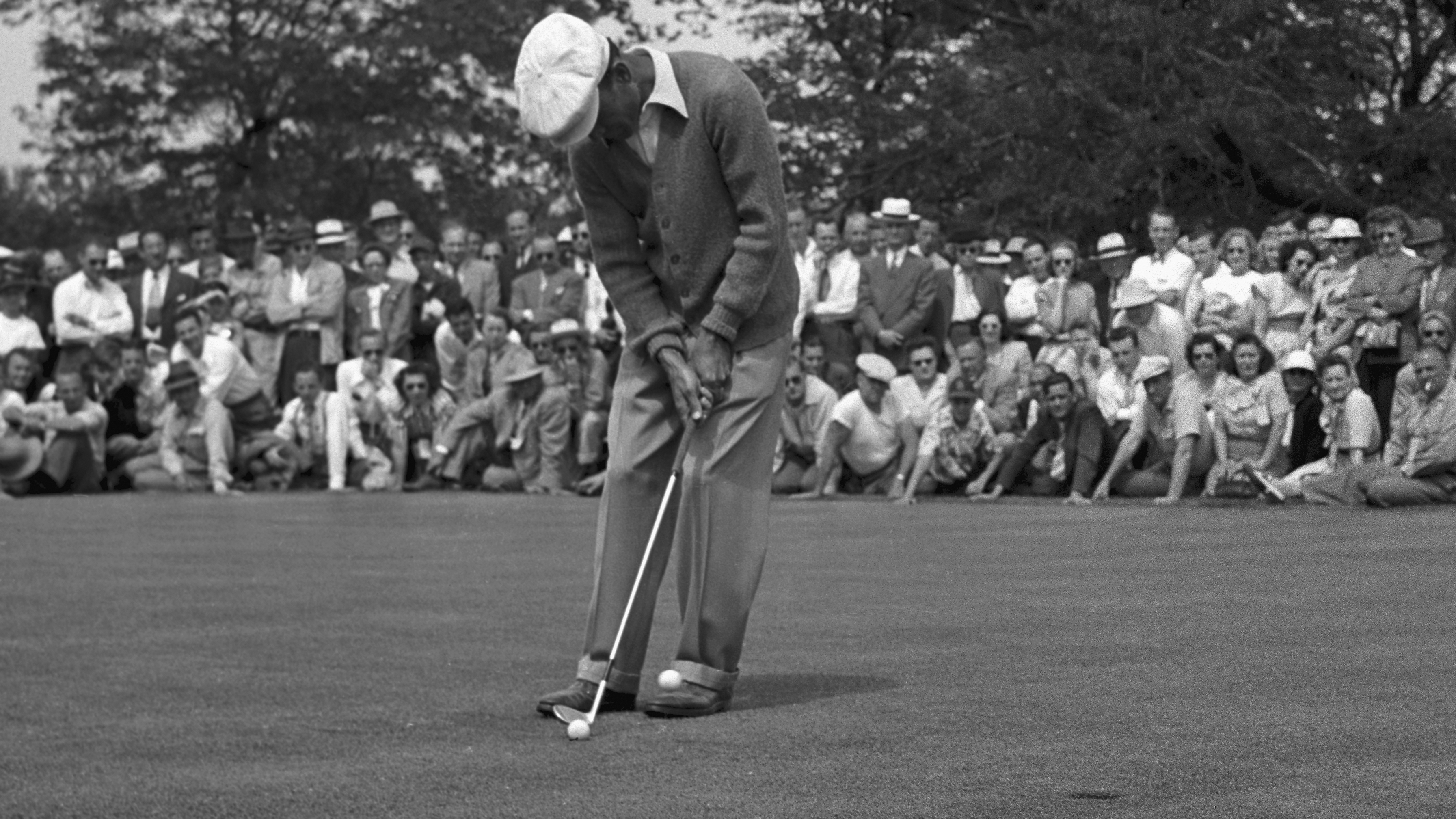
Ben Hogan gets out of a stymie
A stymie was an old rule that’s no longer used. It was eliminated when the first joint USGA and R&A Rules of Golf came into effect in 1952.
Get the Golf Monthly Newsletter
Subscribe to the Golf Monthly newsletter to stay up to date with all the latest tour news, equipment news, reviews, head-to-heads and buyer’s guides from our team of experienced experts.
Prior to those rules, if one player’s ball on the putting green interfered with another player’s line of putt, the interfering ball could only be marked if the two balls were within six inches of each other. If they were more than six inches apart, there was no provision for marking the ball nearer the hole and the player simply had to play around or over the interfering ball.
If a player found their ball’s path to the hole blocked by an opponent – they were stymied.
Stymies may not be part of The Rules anymore, but some players still use them in fun matches. The term stymie does live on in different circumstances – You might refer to being “stymied behind a tree.”
Mashie
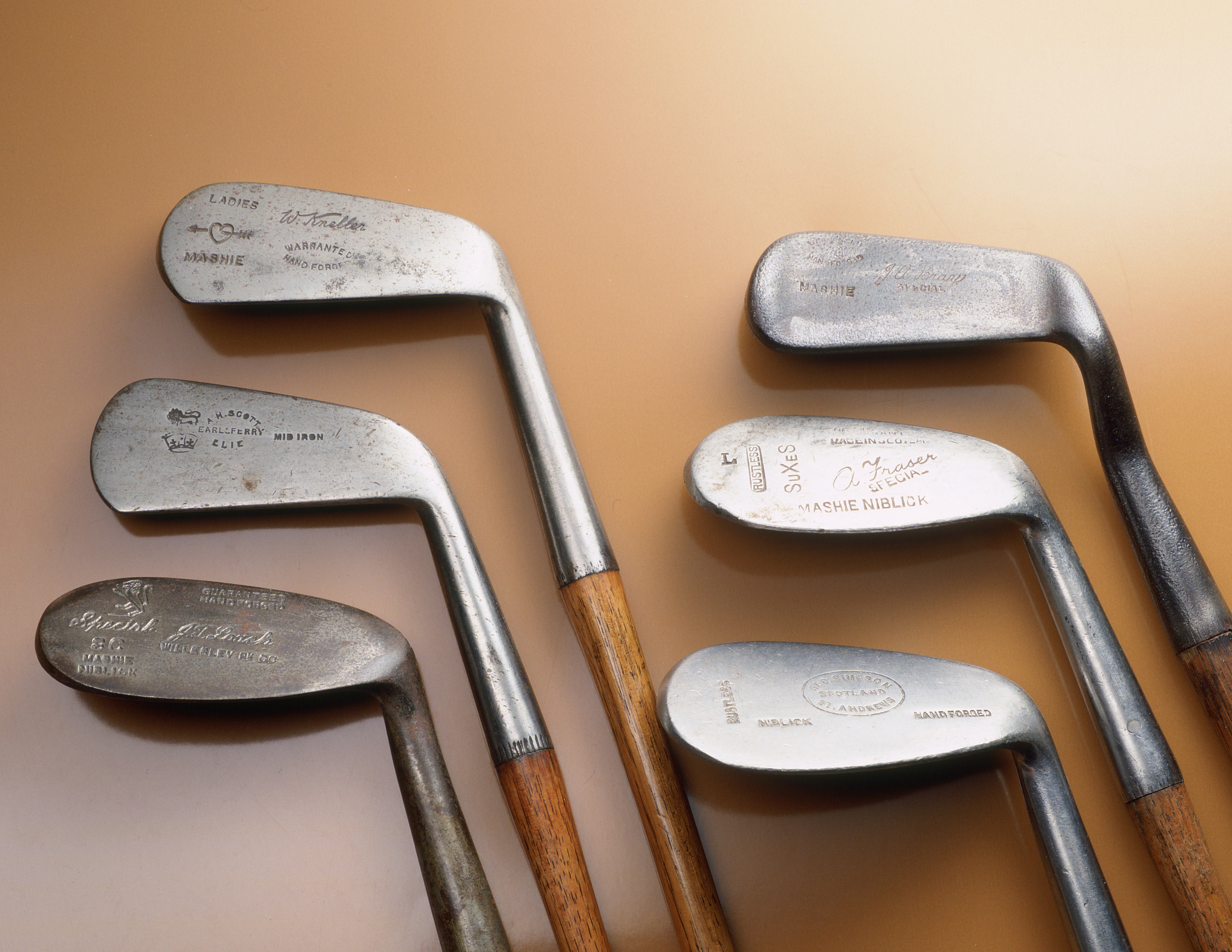
A selection of old clubs, including a mashie
There are all sorts of names for old clubs that are not really used any more. The mashie was roughly the equivalent of the modern five iron. Other funky old names for golf clubs include brassie, baffie, spoon, cleek, niblick and jigger.
Gutty
Sticking with equipment – The gutty was a ball used from the mid-19th century to the turn of the 20th century when the Haskell rubber ball appeared on the scene.
The gutty was so called as it was made of gutta-percha gum – That’s a sort of dried gum resin found in guttiferous trees, particularly the Malaysian sapodilla tree.
British Ball/American Ball

A selection of old British golf balls
Remaining with balls – Up until 1990, the minimum size of golf balls in the Rules of Golf was not standardised. The USGA had a minimum size of 1.68 inches while The R&A specified a minimum size of just 1.62 inches.
The smaller British ball flew a bit further and straighter than the larger American ball and it wasn’t until 1974 that the The R&A barred the use of the small ball in The Open championship. Today, all golfers play a ball of 1.68 inches diameter so there’s no distinction between British and American balls.
Whipping
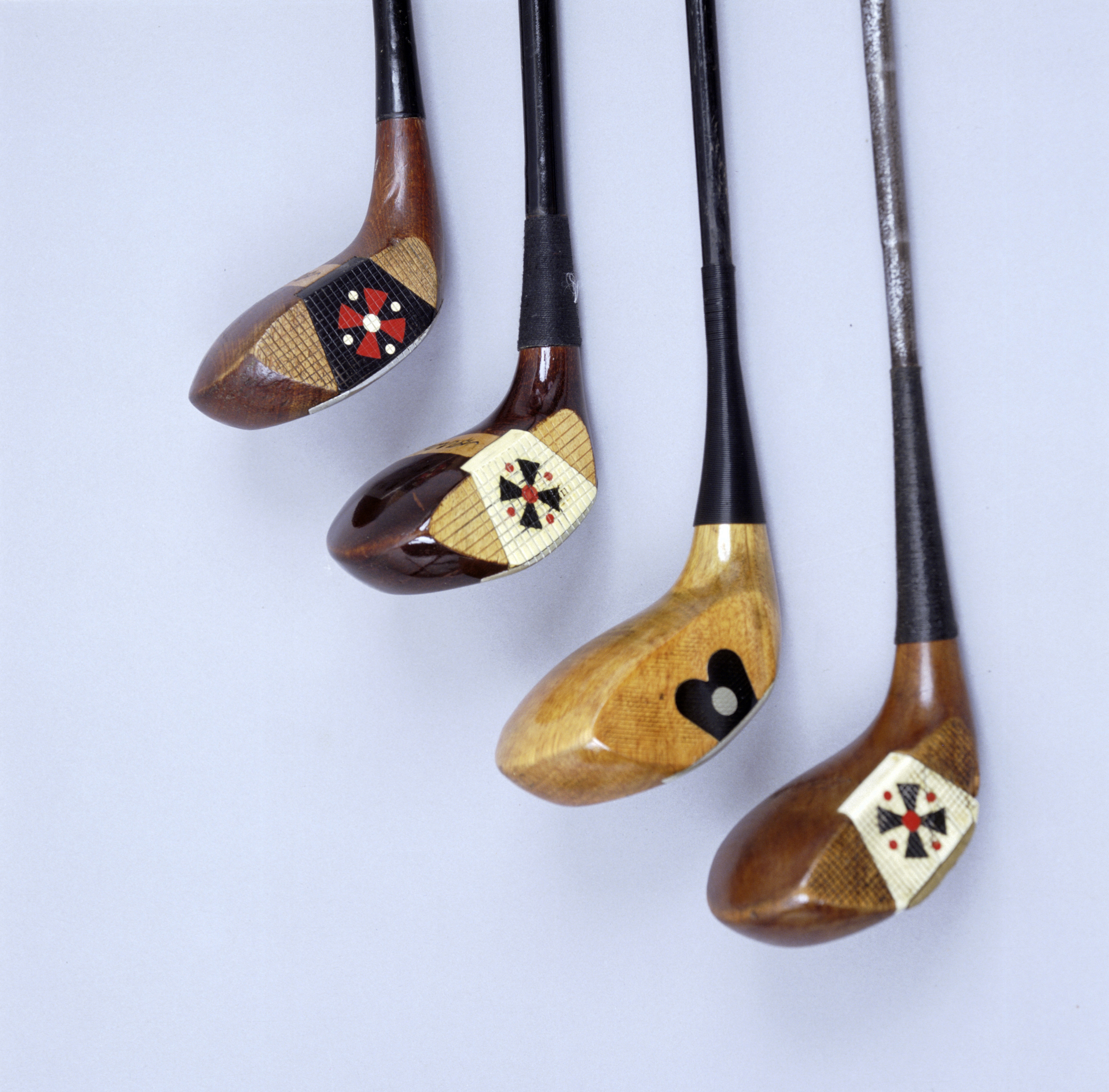
Nice bit of whipping...
A final one that all golfers of a certain vintage will be familiar with. On older clubs, and on wooden fairway woods and drivers until the early 1990s, whipping thread was wound over the joint between shaft and head to act as a stabiliser and create a neat tidy finish. The whipping thread would often come loose meaning professional shops were kept busy re-whipping golf clubs.

Fergus is Golf Monthly's resident expert on the history of the game and has written extensively on that subject. He has also worked with Golf Monthly to produce a podcast series. Called 18 Majors: The Golf History Show it offers new and in-depth perspectives on some of the most important moments in golf's long history. You can find all the details about it here.
He is a golf obsessive and 1-handicapper. Growing up in the North East of Scotland, golf runs through his veins and his passion for the sport was bolstered during his time at St Andrews university studying history. He went on to earn a post graduate diploma from the London School of Journalism. Fergus has worked for Golf Monthly since 2004 and has written two books on the game; "Great Golf Debates" together with Jezz Ellwood of Golf Monthly and the history section of "The Ultimate Golf Book" together with Neil Tappin , also of Golf Monthly.
Fergus once shanked a ball from just over Granny Clark's Wynd on the 18th of the Old Course that struck the St Andrews Golf Club and rebounded into the Valley of Sin, from where he saved par. Who says there's no golfing god?
-
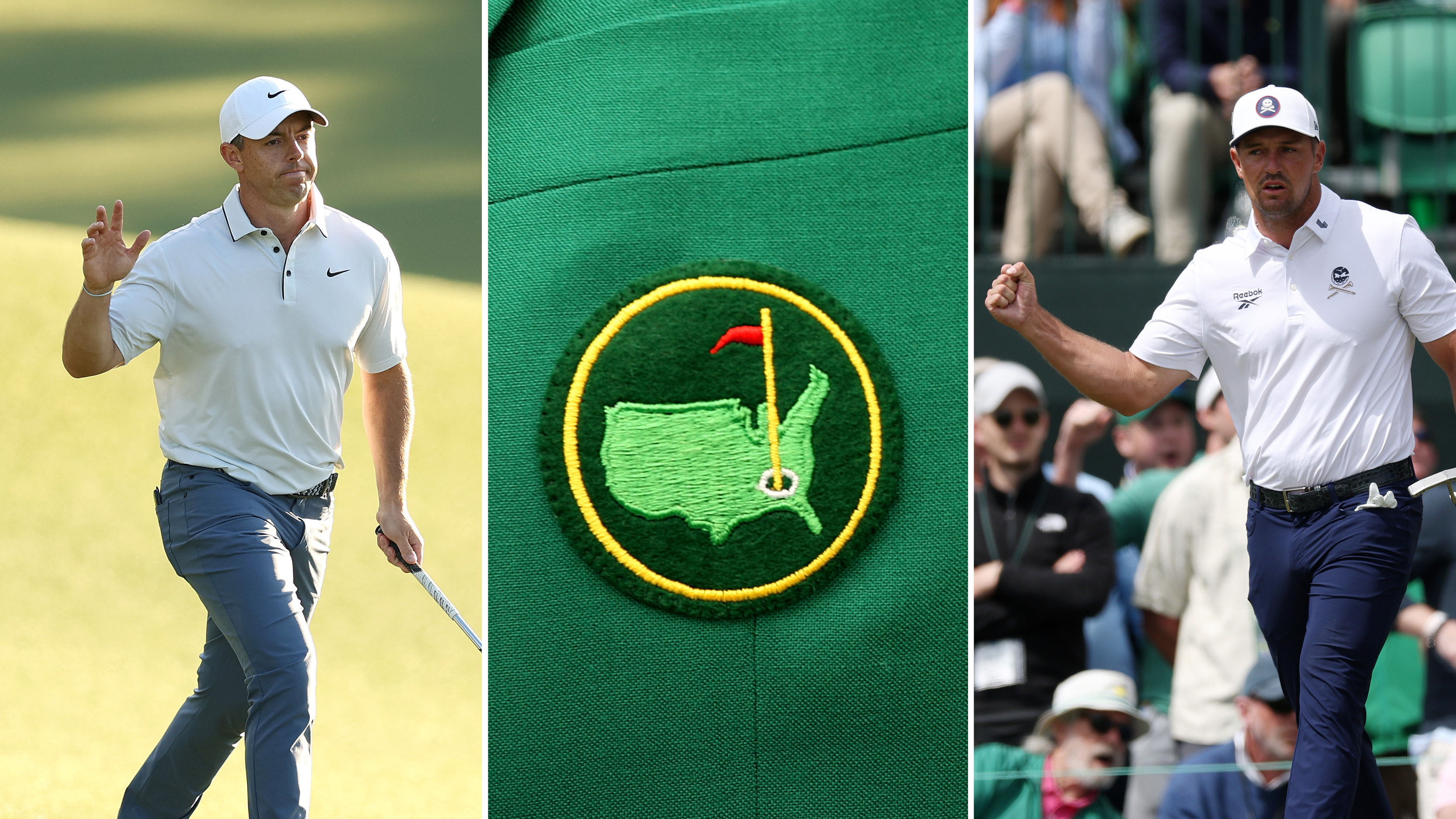 Rory McIlroy vs Bryson DeChambeau: Who Are We Picking To Win The 2025 Masters?
Rory McIlroy vs Bryson DeChambeau: Who Are We Picking To Win The 2025 Masters?We're set up for a blockbuster final day at Augusta National where Rory McIlroy and Bryson DeChambeau play together in the final group
By Elliott Heath Published
-
 The Masters Crystal Rory McIlroy Has Already Won At Augusta National This Week
The Masters Crystal Rory McIlroy Has Already Won At Augusta National This WeekMcIlroy leads going in to the final round at Augusta National, with the four-time Major winner already bagging some silverware before he looks to claim the Green Jacket
By Matt Cradock Published